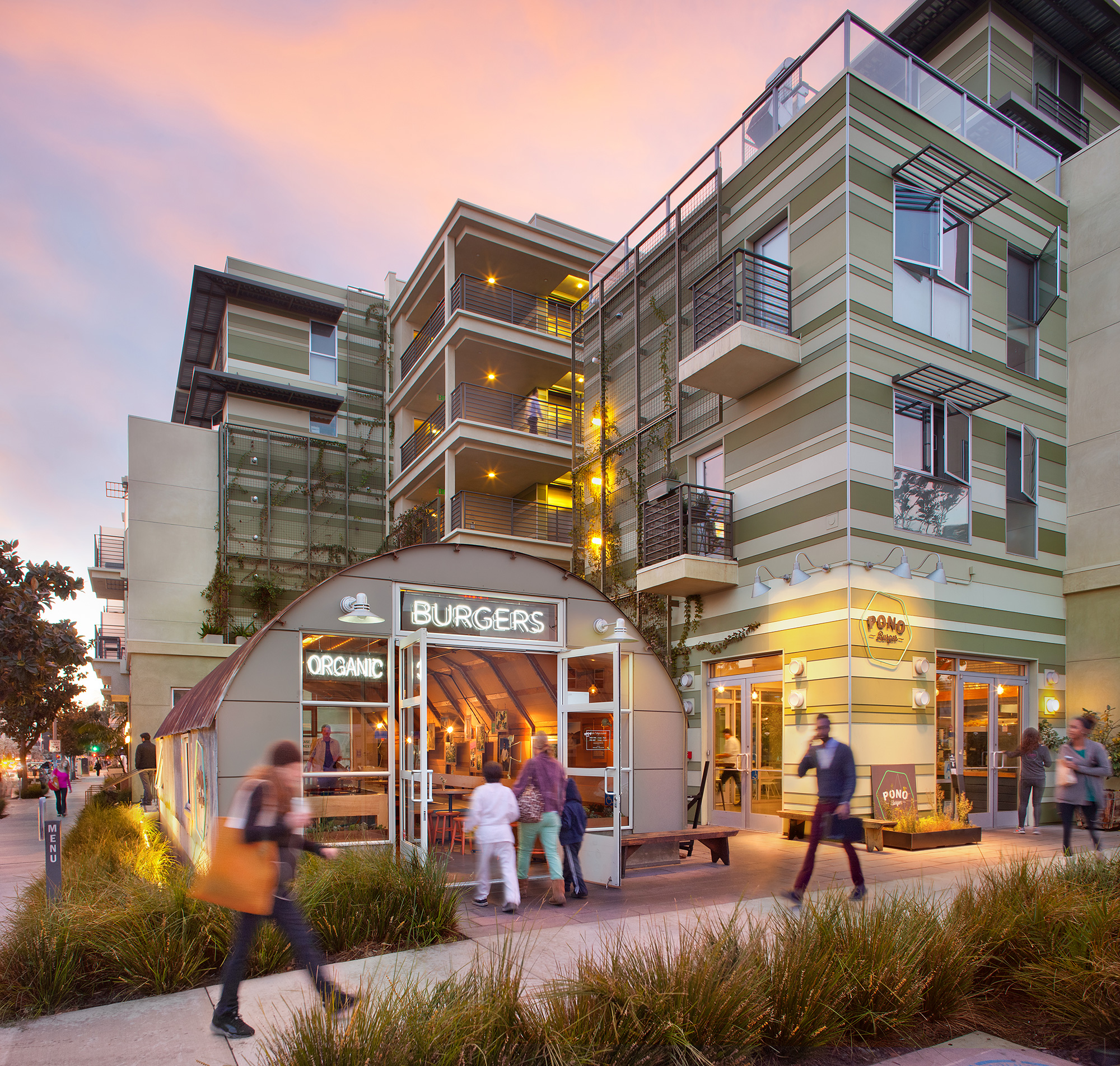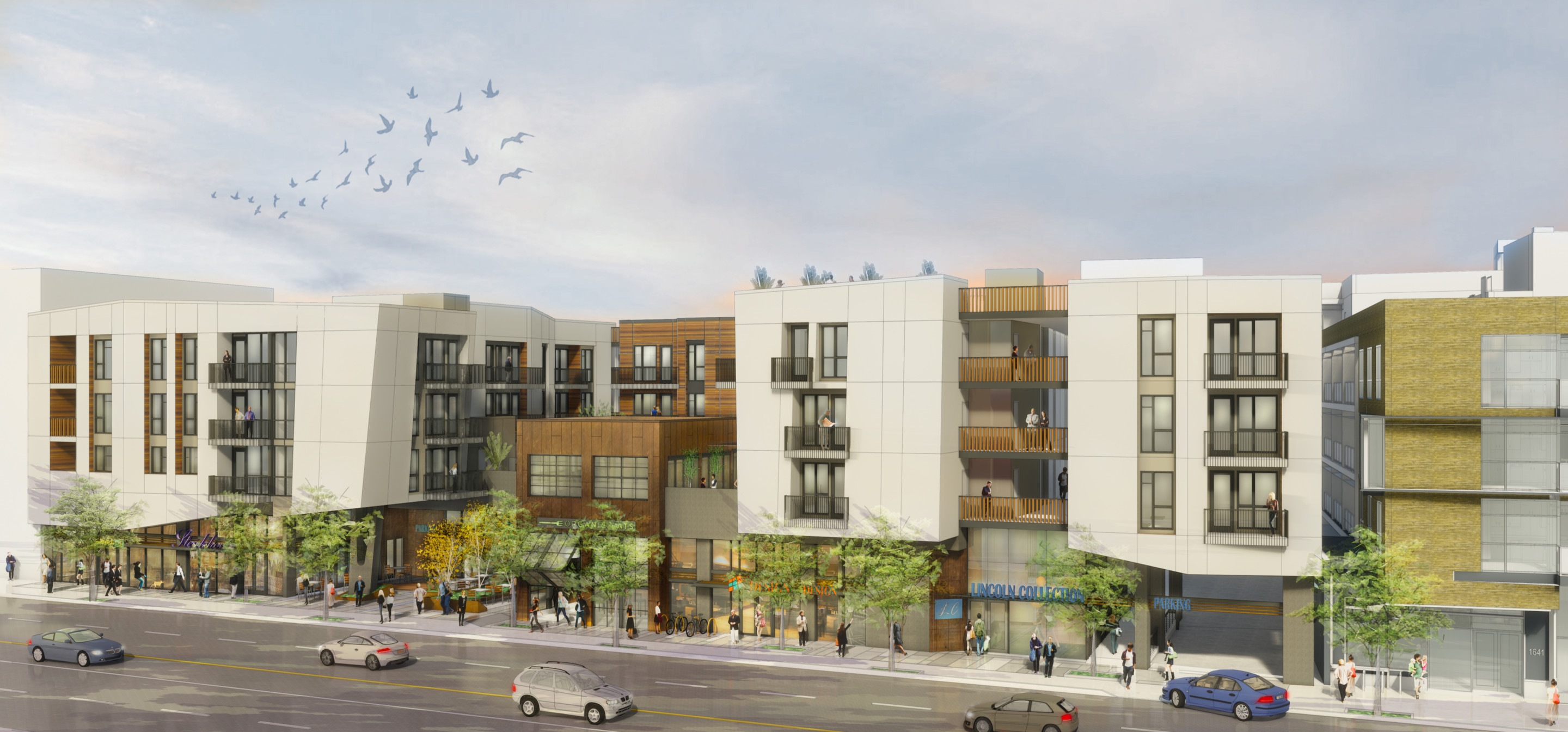As I write this from my little apartment in Los Angeles, a city that is under another stay-at-home order, I can’t help but think about the 66,436 people who can’t comply because they don’t have permanent, stable homes. With the moratorium on evictions about to end, thousands more people could be homeless or in distress soon. There is simply not enough housing to support our growing population and the pandemic is only exacerbating a preexisting issue.
Even before the pandemic, housing production in California lagged behind 48 others, leaving Los Angeles County underdeveloped by over 500,000 units. Building is one of the biggest tools in our arsenal to fight to provide affordable housing and give residents equal access to establishing a household, stability, independence, and a chance to thrive in our cities. And yet, efforts to build affordable housing in our city usually meet the same fight. Whether infill housing projects are market rate or affordable, for families, the formerly homeless, veterans, seniors, or young professionals, the response is almost always NIMBYism. But it goes even further than that. One of my colleagues mentioned that he’s heard a new term—IGMFU (I Got Mine F U)—used to describe the vitriol.
When did density become the villain in our story, and how do we rewrite the narrative to reframe density as the hero?
The development of Los Angeles is complicated and conflicted. It started as a small pueblo and an agricultural community, and, thanks to an immense postwar boom of urban infrastructure, grew into a city half the size of the state of Rhode Island with four times the population.
The ideal of “SoCal living” endures, continuing to draw people to our region. Perhaps even more now during the pandemic, we cling to the ideal of indoor-outdoor living and its associations with sunshine and freedom. When we get back to some semblance of normal after the pandemic, the reasons that people chose to live in L.A. (diversity, arts, culture, technology, and opportunity limited only by one’s imagination) will still be there. However, we need to think forward and design ourselves into a future that still holds the L.A. character that we love but allows for growth and gives more people a chance to share in the vision. To do that, we need density.
SCALE
Density does not have to be a dirty word. No one is talking about dropping a ten-story building in the middle of a single-family neighborhood. Thoughtful design can help create a net density increase without destroying the urban fabric and with care density can improve the urban fabric.
Like most American cities, L.A. is mostly composed of low, medium, and high-density areas and we need to think about potential growth in all of them since density interventions can come in many different shapes and sizes. L.A.’s Small Lot Ordinance and the state’s ADU (accessory dwelling unit) law are trying to gently densify lower density residential neighborhoods, but more needs to be done to allow these ordinances to help develop a “second city” within our verdant neighborhoods. Single-family homes are being upsized in residential neighborhoods, yet despite increases in building mass, the net housing gain is zero. Buildings with the same footprints and volumes could be duplexes or even triplexes or bungalow courts without adding out-of-scale masses or out-of-character designs.
Boulevards are quintessentially L.A. and present an obvious opportunity for density in terms of economies of scale, efficiencies, neighborhood enhancement, and beautification. These main arteries are the lifeblood of our communities and are fertile ground for our city’s development potential. They create regional, trans-neighborhood city connections perfect for development and infrastructural and transit investment.

WELLNESS
Density can also play a role in increasing wellness and building community. Even when I hear the word density, it recalls New York City shotgun tenement houses, or worse, lonely dehumanizing towers in an uninhabited landscape like Pruitt–Igoe. But that does not have to be true. Good buildings can create community and can be powerful in supporting mental health. Being quarantined in an apartment has not been without its challenges or feelings of isolation, and I am lucky that my building has an open corridor that overlooks a courtyard. Both before and during the pandemic, the tight community that we share among our neighbors affords support, both pragmatic and psychological. Seeing people, checking in on one another; these are the positives that are part of living in a denser environment.
Layering density onto our current urban fabric while focusing on building organization, design, forms, and adjacencies can positively influence and guide social interaction. Denser conditions can help with making space and places for more people while maintaining community and neighborhood quality of life.
We need to create spaces that allow for the individual to be part of the whole while preserving autonomy and privacy. Well-used civic spaces and parks, which were once anathema to L.A., a city with an abundance of backyards, can become the jewels of newly densified areas and opportunities for social and physical wellness. The fifteen-year-old Los Angeles State Historic Park in Downtown has gone from an empty wasteland to a vibrant urban open space (especially during the pandemic), thanks to the density that has risen adjacent to it.
Fear of density is the fault of bad design. We as architects and designers have to imagine buildings that love the people who live there. Through careful integration and planning of different scales of common outdoor and indoor spaces, places to socially interact, and private open spaces where residents can find solace, we can create “third places.” They can bring richness to the living experience and can be incorporated at all scales of development to emphasize community and a shared human experience.
ACCESS AND EQUITY
Density also provides access. I live relatively close to the beach and within five schools, six churches, two synagogues, and a mosque. There are two hospitals within five miles of my apartment, grocery stores of all kinds, and abundant restaurant choices. But Los Angeles has areas, especially in lower-income communities, labeled as food deserts where healthy food options are far and few between. Proximity to resources, at all income and age groups, is key to an equitable, healthy city. Low-income seniors or families who live within a mile of a grocery store, health services, childcare, good schools, social services, and support and community programs have a better chance of success and independence. Focusing on walkability in denser neighborhoods also puts resources and support within reach of many residents who can’t afford cars.
SUSTAINABILITY
Density can also help reduce our collective ecological footprint. Multifamily housing, from the smallest to the largest scale, is more sustainable than single-family housing. By sharing resources, it consumes less land, creates economies of scale, and conforms to more stringent codes for energy-efficient building envelopes and systems. Contrary to a NIMBY talking point, density saves water by concentrating its use, rather than spreading out well-watered suburbs to the east into the desert. We just need to keep adding programs to housing that help apartment dwellers participate in more sustainable lifestyles that include things like recycling and composting.
With pandemic restrictions in place, so many people working from home, and a shift toward more permanent work-from-home work policies underway, there will be new sustainable living issues to track. Historically, living in close proximity to work in larger residential developments has been a powerful tool in reducing our carbon footprint and improves quality of life by reducing commuting.
GREEN SPACE + BIKES
Density could play a role in reshaping our public spaces, too. Despite our national reputation to the contrary, we have a great number of local and regional parks with mountains and beaches that provide a respite from city living. Urban infill helps to preserve our natural fringes by reducing sprawl. We need to invest deeper in our smaller-scale neighborhood green space programs, especially in lower-income neighborhoods, and safe bike routes to balance against higher density. My biggest challenge with biking to work is not the distance (the route is super flat, and my office has installed showers for commuters!) but the 2-mile stretch of inconsistent bike lanes and dangerous bike-car interfaces. Can our boulevards have separated bike lanes or, better yet, can we create bike boulevards like the ones in Holland? There has been backlash associated with pilot “road diet” programs in Los Angeles, but this is part of a push forward that needs to happen.

TRANSIT
We know that we’ve reached the limit of what the car brings us. The specters of overwhelming traffic and insufficient parking are hallmarks of the NIMBY discussion of density. Overcoming the focus on cars will be one of the biggest challenges for Los Angeles and yet will most likely offer up some of the most unique and creative solutions. Transit is part of the answer, but density is a partner in solving this urban problem. Mass transit is making major inroads into the city along dense urban corridors. The passing of Measure R, which establishes a permanent funding source for mass transportation, is already creating much needed, more robust short- and long-range transportation plans, and more neighborhood-driven solutions. Unlike eastern seaboard cities that grew up before cars, L.A.’s immersion in car culture has driven and formed great swaths of the urban region. It has contributed to our shared identity for better (freedom and opportunity!) and for worse (smog and traffic!). Creatively merging multiple scales of mobility options at regional and neighborhood levels will give us options as we move into our next L.A.
Cars here mean independence. Cars take us to the mountains, they take us to work, they allow us to explore and experience this nirvana of a state we call home. But rapidly changing technologies mean the car will someday take a backseat. Preserving access to the diverse landscapes within the city through different means will be key in maintaining the city’s character. When the E Line was completed in 2016, it was the biggest thing on the Westside and was immediately successful in terms of ridership and use. The impact of the light rail line changed development along the route and is a big factor in recruitment for our firm for many people who want to live a train ride away from work.
Fear of density is unwarranted. It’s time to embrace change that enhances, not diminishes, our city. Our issues are uniquely L.A, and our solutions will be uniquely L.A. More people in our city need to realize that density is not tantamount to a dissolution of what we have come to love about this city. If we get density right, we can be a role model to other postwar car cities as they navigate change in the future and secure a healthy and strong prospect for the next generation. L.A. is entering the next chapter of its story. Density should not be the villain in this yarn, but rather, the unexpected hero who could and should play an important role in reimagining our future.











